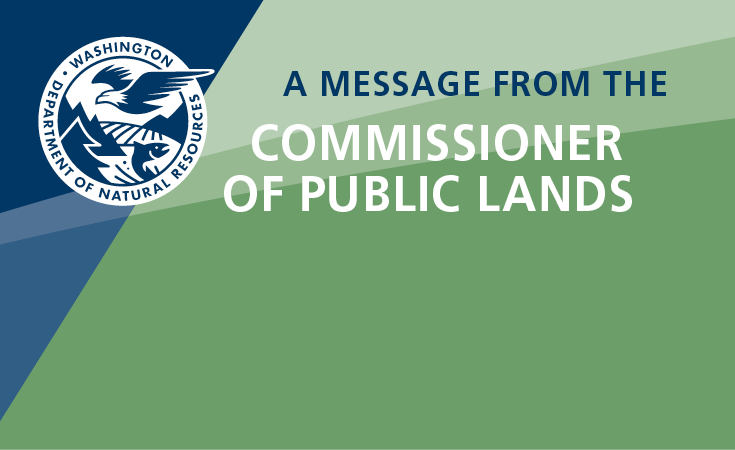Outdoor Burning
Before lighting fire, please check for any local burn restrictions.
Check out burning safety tips for different types of fires and campfires.
To reduce the occurrence of human-caused wildfires, the Department of Natural Resources regulates outdoor burning through the use of burn restrictions and burn permits. DNR's jurisdiction includes all forestlands where DNR provides wildfire protection - 13 million acres of undeveloped non-federal forestland across the state. Your forested property is within DNR protection if you pay a forest fire protection assessment as part of your property tax. If you are unsure, check your county property tax statement or contact your local DNR region office.
Updated Smoke Management Plan 2022
The updated Smoke Management Plan (SMP) replaces the existing 1998 version. Visit Ecology’s website for details on the hearing and access to the documents.
DNR’s smoke management plan has been in effect since 1998. An updated version is being reviewed by the Department of Ecology and the U.S. Environmental Protection Agency, and we are aiming to have this fully adopted by spring 2023. This revised plan makes three significant changes:
-
Smoke management decisions for large burns can be made in the afternoon prior to planned ignitions.
-
The prohibition on weekend burning during the summer months is removed.
-
Smoke intrusions are more clearly defined and less subjective.
When there is no burn restriction, burning on DNR-protected lands may be allowed if:
-
You are the landowner of the property where the burning will occur, or you have obtained written permission to burn on the property from the landowner or the landowner’s designated representative, and
-
Prohibited materials are not burned, which includes: garbage, dead animals, asphalt, petroleum products, paints, rubber products, plastics, treated wood, metal or any substance other than natural vegetation, which when burned releases toxic emissions, dense smoke, or odors, and
-
The burning will not occur within the boundary of an Urban Growth Area unless the purpose of burning is to improve or maintain fire dependent ecosystems for rare plants or animals, and
-
You are not burning debris generated from a land clearing operation. This also includes yard and garden materials moved from your improved property, and
-
You follow the Rule Burn or Permit Burn (see Burn Permits).
Learn about alternatives to outdoor burning from WA State Department of Ecology. Also, keep an eye out for smoke in your area, and follow the WA Smoke Blog.
Outdoor Burning Brochures
-
Burning outdoors in southwest area of Washington
-
Burning outdoors in southeast area of Washington
-
Burning outdoors in northeast area of Washington
-
Burning outdoors Ukrainian
-
Reglas de quema al aire libre en el noreste de Washington
-
-
Burning outdoors in Spokane County


